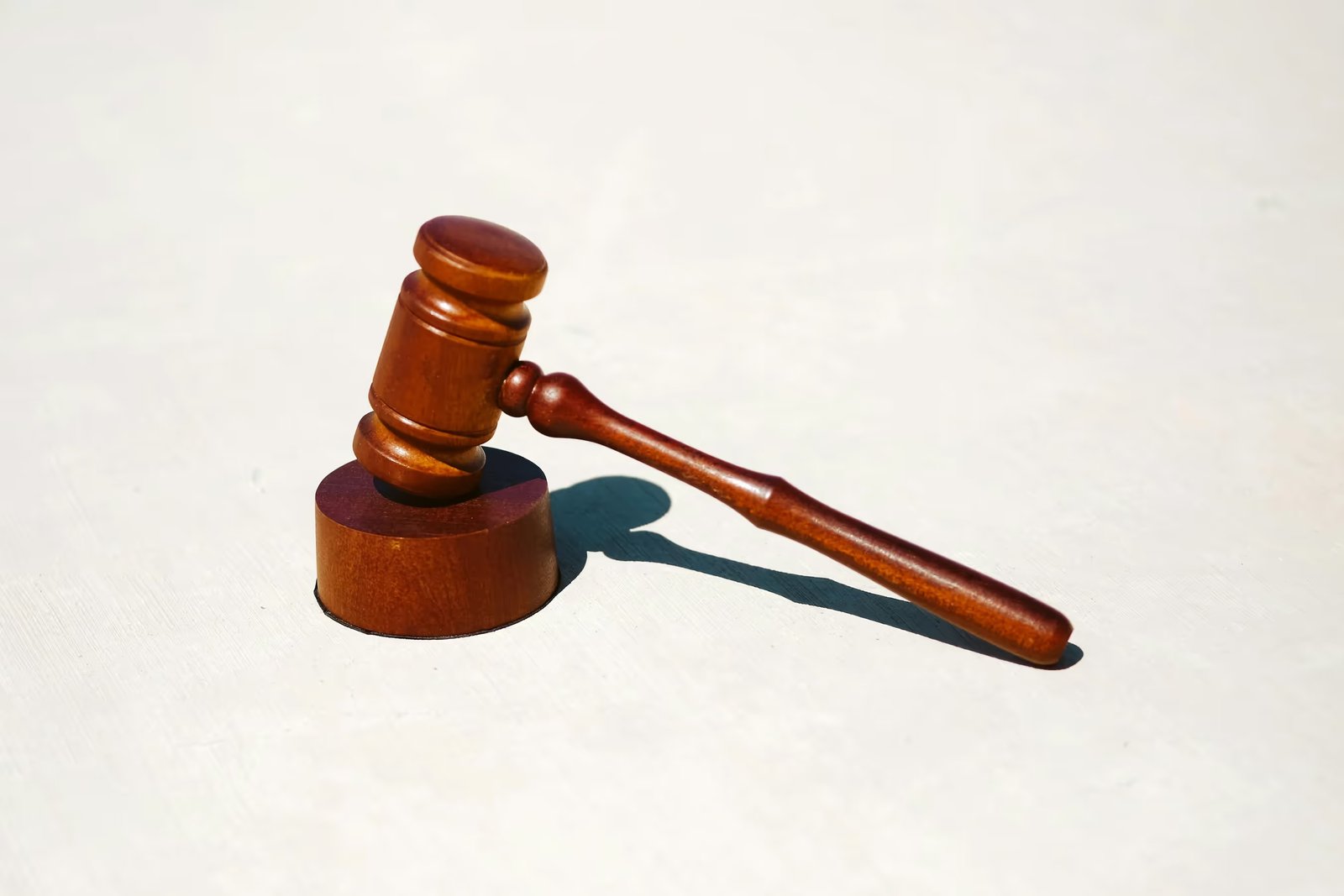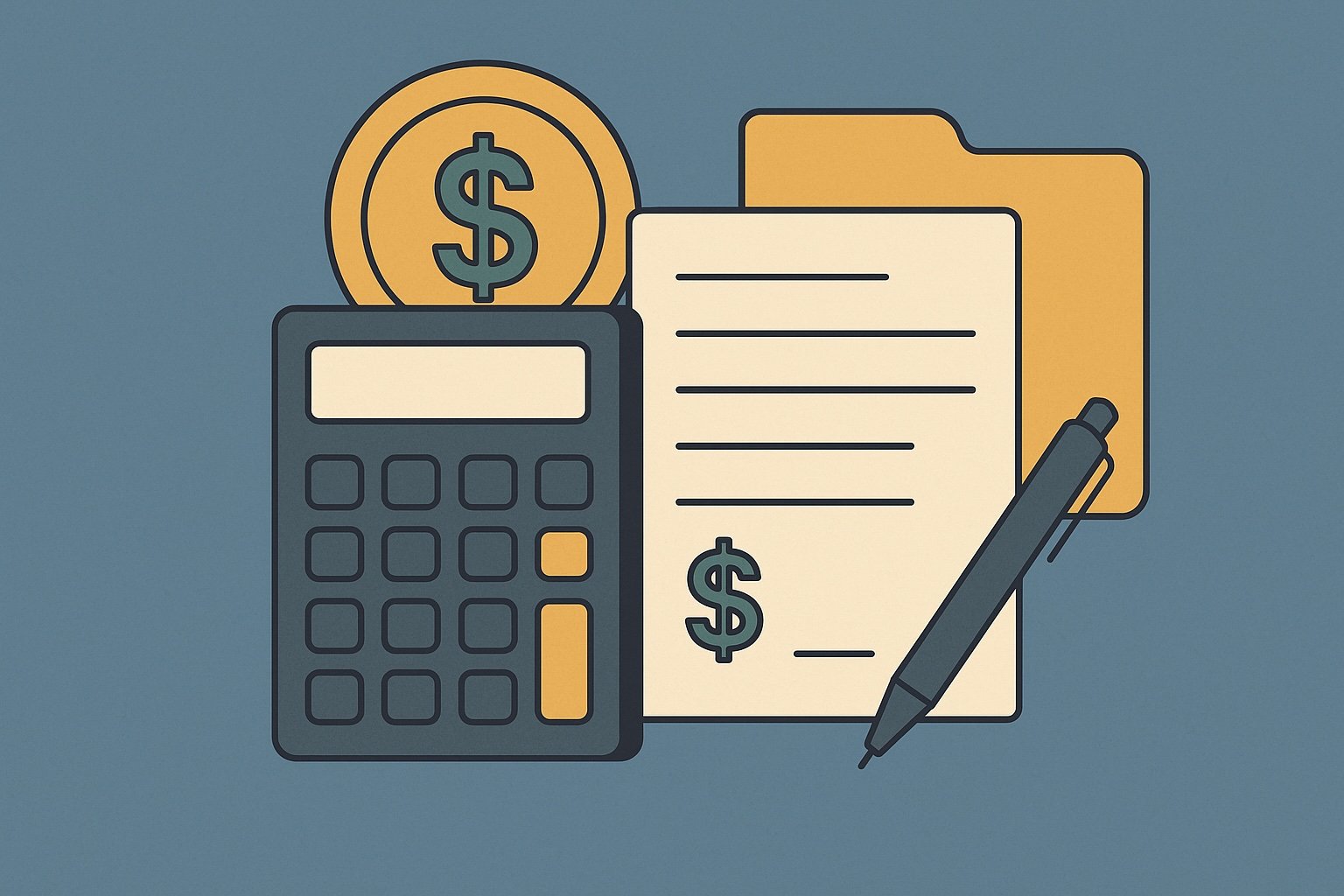Question
ARTE's Answer
Reporting a 1031 exchange on your tax return involves several steps and requires careful attention to detail to ensure compliance with IRS regulations. Here's a comprehensive guide to help you understand the process, including an example to illustrate how it works.
When you complete a 1031 exchange, you must report the transaction on IRS Form 8824, "Like-Kind Exchanges." This form is used to provide the IRS with the necessary details about the exchange, including the properties involved, the timeline, and any gain or loss realized. Here's a step-by-step breakdown of how to report a 1031 exchange:
- Complete IRS Form 8824: This form is the primary document for reporting a 1031 exchange. It consists of several parts that require specific information:
- Part I: Information on the Like-Kind Exchange: Provide details about the relinquished property (the property you sold) and the replacement property (the property you acquired). Include the dates of the exchange, the fair market value of the properties, and any other relevant information.
- Part II: Related Party Exchange Information: If your exchange involves a related party, provide additional information in this section. Related party exchanges have specific rules and restrictions, so it's important to disclose this information accurately.
- Part III: Realized Gain or Loss, Recognized Gain, and Basis of Like-Kind Property Received: Calculate the realized gain or loss from the exchange. Determine the recognized gain (the portion of the gain that is taxable) and calculate the basis of the replacement property for future tax purposes.
- Calculate Realized and Recognized Gain: The realized gain is the difference between the fair market value of the relinquished property and its adjusted basis (original purchase price plus improvements, minus depreciation). The recognized gain is the portion of the realized gain that is taxable, which typically occurs if you receive any non-like-kind property or cash (boot) in the exchange.
- Determine the Basis of the Replacement Property: The basis of the replacement property is generally the adjusted basis of the relinquished property, plus any additional cash paid, minus any cash received. This basis will be used to calculate depreciation and gain or loss on future sales.
- File Form 8824 with Your Tax Return: Once you have completed Form 8824, file it with your annual tax return. This form provides the IRS with the necessary information to verify that your exchange qualifies for tax deferral under Section 1031.
Example: Let's say you sold a rental property for $500,000, which you originally purchased for $300,000. You used Deferred.com as your qualified intermediary to facilitate the exchange. You identified and acquired a replacement property worth $550,000 within the 180-day exchange period.
- Realized Gain: The realized gain is $200,000 ($500,000 sale price − $300,000 original purchase price).
- Recognized Gain: If you received no boot, the recognized gain is $0, as all proceeds were reinvested in the replacement property.
- Basis of Replacement Property: The basis of the new property is $300,000 (original basis of relinquished property) + $50,000 (additional cash paid) = $350,000.
By using Deferred.com as your qualified intermediary, you ensured that the exchange was structured correctly, allowing you to defer the $200,000 gain. This deferral means you won't pay capital gains tax on the transaction at this time, preserving your investment capital for future growth.
Remember, while this example provides a general overview, each 1031 exchange can have unique circumstances. It's always advisable to consult with a tax professional to ensure compliance and optimize your tax strategy.
Have more questions? Call us at 866-442-1031 or send an email to support@deferred.com to talk with an exchange officer at Deferred.
Sources
- What To Do About Exchange Expenses in a Section 1031 Exchange? (Article)
- Goolsby v. Commissioner
- Rev. Rul. 2002-83 (Related Party Exchanges)
- TAM 200039005 (Failed Reverse Exchanges)
- TD 8535 (Like-Kind Exchanges of Real Property–Coordination with Section 453)
- Deferring Losses On The Sale of Property Using 1031 Exchanges
1031 Question? Ask ARTE
Deferred's AI 1031 Research Assistant is trained on 8,000+ pages of US tax law and outperforms human CPAs by 22%+
CHAT NOW
Learn More
See more frequently asked questions about 1031 exchanges








